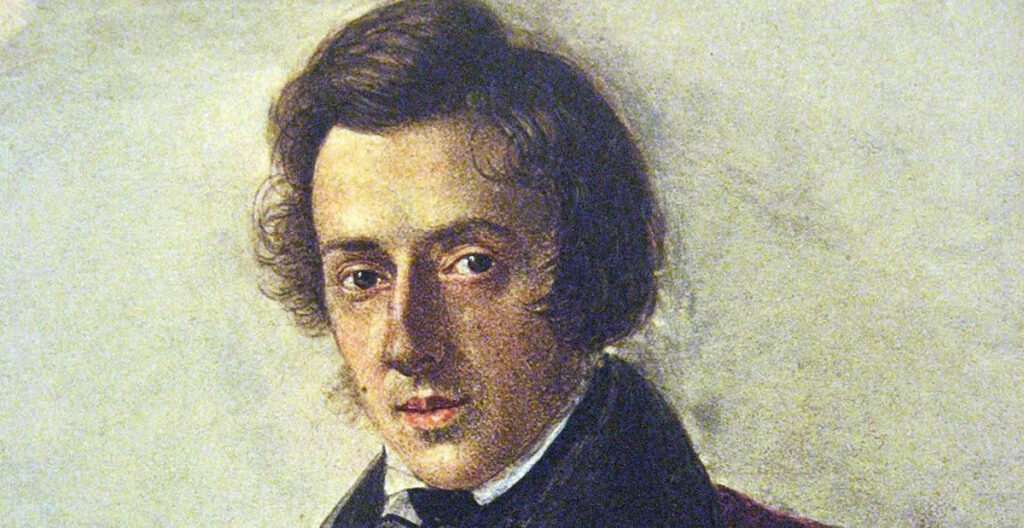Frédéric Chopin’s Piano Sonata No. 2 in B-flat minor, Op. 35 is one of the most significant and widely recognized compositions in the piano repertoire. Composed between 1837 and 1839, this sonata is often referred to as the “Funeral March Sonata” due to its famous third movement, which has become synonymous with solemn occasions.
Origins and Composition
Chopin began working on Piano Sonata No. 2 in 1837, during his time in Paris, a city where he had settled after leaving his native Poland. By this period, he had already established himself as a brilliant composer and pianist, known for his poetic and technically demanding works. The sonata was completed in 1839 while Chopin was staying in Nohant, the countryside estate of his partner, the French novelist George Sand.
The third movement, Marche funèbre, was actually composed separately in 1837, two years before the full sonata was completed. It is believed that Chopin later incorporated this deeply mournful piece into the sonata, creating a contrast between the other movements’ more tempestuous and virtuosic qualities.
Structure and Musical Characteristics
Piano Sonata No. 2 is structured in four movements:
- Grave – Doppio movimento: A dramatic and turbulent opening movement, featuring dark, brooding themes that showcase Chopin’s mastery of harmonic innovation and emotional intensity.
- Scherzo: A brief yet highly energetic second movement, filled with rapid passages and sudden contrasts that highlight Chopin’s pianistic brilliance.
- Marche funèbre: Lento: The most famous movement of the sonata, marked by a solemn, funeral march melody that evokes deep sorrow and reflection. This piece has been used at numerous state funerals and memorials, further cementing its status as a universal symbol of mourning.
- Finale: Presto: A whirlwind of notes, characterized by its eerie, ghostly quality. The movement consists of rapid arpeggios and chromatic passages, creating a sense of relentless motion and unresolved tension, ultimately fading away in a mysterious and abrupt ending.
Reception and Legacy
Upon its publication in 1840, Piano Sonata No. 2 received mixed reactions from critics. Some were perplexed by its unconventional structure, particularly the sudden disappearance of the final movement. However, over time, it gained widespread admiration for its emotional depth and technical challenges.
The Marche funèbre became an iconic piece on its own and has been performed at the funerals of notable figures such as John F. Kennedy and Sir Winston Churchill. It has also been frequently used in popular culture, from film scores to adaptations in various musical genres.
Today, Chopin’s Piano Sonata No. 2 is considered one of the greatest piano sonatas ever composed. It continues to be a staple in concert programs and competitions, showcasing both the lyrical and dramatic aspects of Chopin’s genius.
Conclusion
Chopin’s Piano Sonata No. 2 stands as a monumental work in classical music history, blending technical virtuosity with profound emotional depth. Whether performed in its entirety or through its famous funeral march, the sonata remains a testament to Chopin’s unparalleled ability to convey human emotion through the piano.


Comments are closed